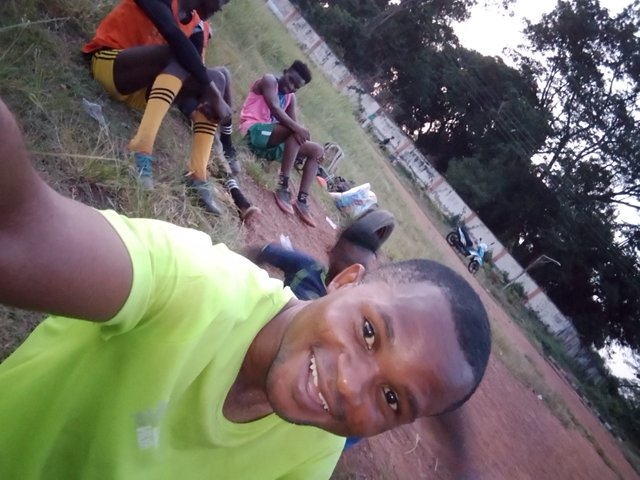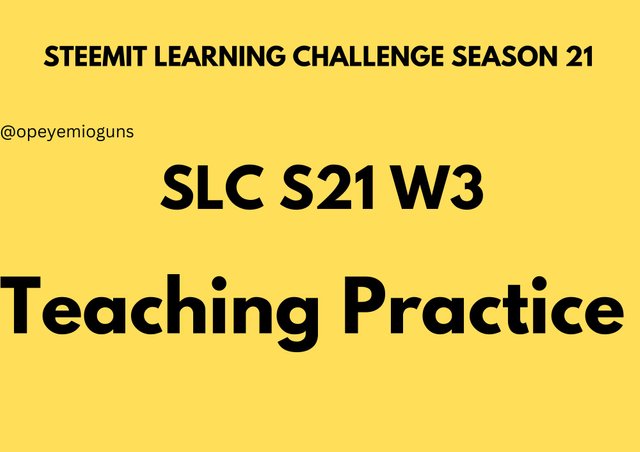1.Tell us what your specialty is and what you would like to teach your students in the next hour-long meeting?
As a football specialist, I would like to instruct my students on the basics of throwing on the pitch and teamwork. I'll go over how the right and left back positions fit into the team's overall plan in the upcoming hour-long session, from defence to attack. I'll also stress how crucial it is to make the right throw to prevent foul throwing and build player trust. We'll go over the essential abilities for each position, work through some drills that focus on movement, spacing, and conditioning, and talk about how each player's job is essential to maintaining a good pass and generating defensive opportunities. A solid basis for playing as a team will be established throughout this session, which is crucial for football success.
2.Tell us about how the learning takes place from the beginning to the end (input-process-output)?
In a football session, learning happens step-by-step, starting with a basic comprehension of the session's goal and progressing via supervised practice, criticism, and introspection. This is how learning usually proceeds from beginning to end:
Warm-Up and Goal Setting: To get the body and mind ready, the session begins with a warm-up. Next, the goals of the session are explained, which may include improving tactical knowledge like placement or specialised abilities like passing accuracy.
Explanation and Demonstration: Key skills or methods are explained and demonstrated by the coach or instructor. The coach demonstrates how players should communicate, space themselves, and switch between offence and defence, for example, if the session is centred on collaboration and positioning.
Guided Practice: Following that, players participate in drills or activities that strengthen the abilities they have shown, including passing in small groups or simulating game situations. The instructor watches throughout this stage and provides advice and pointers for development.
Feedback and Correction: The coach gives participants quick feedback so they may identify errors and improve their methods. This step is crucial for ensuring that players understand how to get better and for reinforcing good practices.
Game-Like Practice: Following drill mastery, players participate in scrimmages or small-sided games to put their newly acquired abilities to use in authentic settings. This facilitates real-time decision-making and the transfer of individual skills into team dynamics.
Reflection and Review: The coach brings the team together at the conclusion to go over the lessons learnt, talk about how they relate to real-world gameplay, and urge players to evaluate their own development. At this point, the learning process is consolidated, and objectives for future development are established.
With the help of this framework, learning is divided into digestible phases that build upon one another, allowing players to progressively improve their skills and comprehend game dynamics and teamwork on a deeper level.
3.How do you ensure that after the learning activity there are changes in the cognitive, affective and psychomotor aspects of students?
Clear objectives, active engagement, and ongoing assessment must all be integrated into a systematic strategy to ensure that learning effects students in the cognitive, affective, and psychomotor domains. Here is how I would approach each of these areas to promote significant changes:
Cognitive (Understanding and Knowledge): I start by giving students concise explanations and examples to help them grasp the "why" behind each technique or skill in order to promote cognitive growth. I challenge students to evaluate various game scenarios by posing open-ended questions and pushing them to consider placement and strategy objectively. Students' knowledge is reinforced and their retention of the material is ensured by regularly administering quizzes on rules, tactics, and procedures.
Affective (Attitudes and Values): I concentrate on creating a constructive and encouraging atmosphere that promotes respect, cooperation, and sportsmanship in the affective domain. I lead by example by applauding progress rather than just ability, acknowledging students' efforts, and encouraging a growth mentality. Students can increase their resilience, confidence, and sense of commitment to the game and their teammates through exercises like team-based drills and post-session group reflections. I also teach kids value discipline and perseverance by talking about the significance of attitude both on and off the pitch.
Psychomotor (Coordination and Physical Skills): I place a strong emphasis on practical practice using drills that enhance coordination, agility, and ball control in order to strengthen psychomotor abilities. I make sure students have enough time to practise skills in a dynamic, disciplined manner, progressively raising the bar as they get better. I can give each pupil personalised feedback by watching their technique, which enables them to modify their motions and develop muscle memory. I gradually add increasingly difficult exercises, such as scrimmages, which promote coordination and fluid movement in a gaming environment.
I am able to effectively lead students' cognitive, emotional, and physical development throughout each learning session by establishing clear goals in each area and regularly evaluating progress through conversation, feedback, and observation.
4.Whether the methods and strategies you use are appropriate, how do you develop methods and strategies in future learning meetings?
To design effective approaches and strategies for future learning meetings, I employ a reflective, adaptive approach that draws on student requirements, feedback, and observed progress. Here’s how I go about it:
Review Previous Sessions: Following every session, I assess what worked and what needs work. I take into account the students' level of engagement and how well the activities achieved our learning goals. I change the level of difficulty and format for the following meeting if any of the activities were too easy or too demanding.
Get Student Feedback: I appreciate hearing straight from students to find out what they found most difficult or useful. I can enquire about their favourite activities, the ones that most aided their learning, and the areas in which they are still unsure. This enables me to better adapt future tactics to their requirements and learning preferences.
Observe Individual growth: I pay attention to each student’s growth in cognitive, emotional, and psychomotor domains, noting strengths and areas needing more concentration. For instance, if some children require more training on coordination, I can insert extra drills targeting that area. In a similar vein, I will allot additional time for tactical discussions and demonstrations if there are any gaps in comprehension.
Incorporate Variety and Innovation To keep sessions interesting, I add new drills, tools, and game scenarios that fit their current interests and skill level. I may also try out different teaching strategies, such as team challenges, video analysis, or visual aids, to accommodate different learning styles. Trying out new approaches keeps learning interesting and allows students to view the game from different angles.
Align with Broader Learning Goals: I look ahead to make sure each meeting builds on the one before it, progressively increasing students' abilities in a well-rounded manner. For every subsequent session, I make sure the techniques are in line with long-term objectives, like teamwork, strategy comprehension, or motor skills improvement.
I improve my students' learning experience over time by developing strategies that are more pertinent and responsive to their individual needs and goals by thinking back on previous experiences, incorporating feedback, and remaining adaptable.
5.Share videos and photos, make sure you and the students must be visible

That's me in green Jersey
- To sum up, teaching practice is an essential stage in a teacher's career that connects theoretical understanding with practical implementation. It gives prospective educators practical experience, allowing them to hone critical abilities in lesson design, classroom management, and student involvement. They build confidence in their ability to teach, learn how to modify their approaches, and comprehend the requirements of their students. In addition to increasing their competency, this experience broadens their comprehension of the difficulties and benefits of teaching. In the end, teaching practice creates teachers who are better equipped, more sympathetic, and more adept at creating meaningful learning environments.
Hey teacher @miftahulrizky it's very explanatory course. Thanks for this
Hello @sors @cassar @olaspecial how about you participate?

https://x.com/opeyemioguns3/status/1857039226308538398?t=8SgN6_ftTmGoOhJlK-WKyw&s=19
Downvoting a post can decrease pending rewards and make it less visible. Common reasons:
Submit